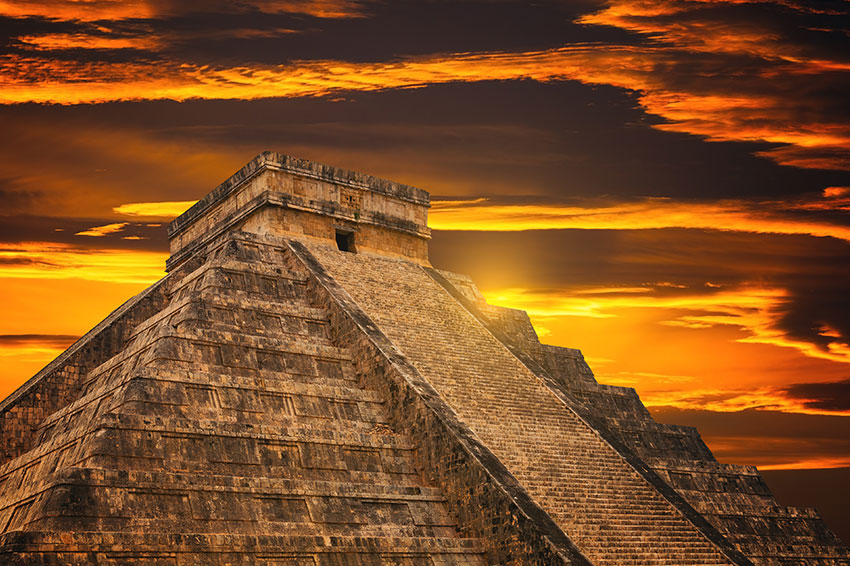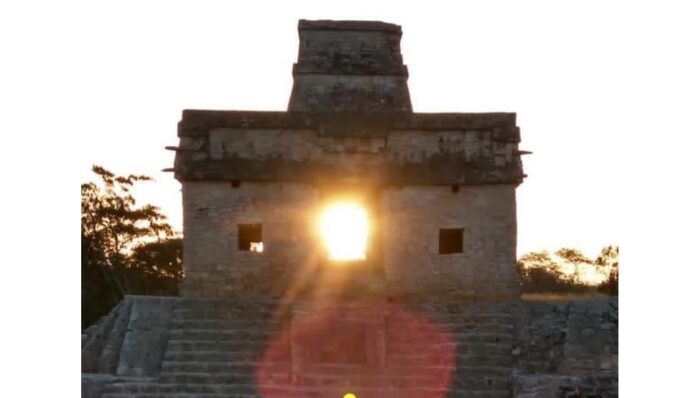The new station will last 89 days, 20 hours, and 38 minutes. It will bring longer nights and fewer hours of sunlight

It is also observed how the sun is located at the height of the equator
Summer 2021 is almost over in the Northern Hemisphere.
According to the Institute of Astrophysics, Optics and Electronics (INAOE), on Wednesday, September 22 we will change the season. The Autumn Equinox will take place on that day, at 2:21 p.m. -time in central Mexico-, and will bring with it the season of dry leaves with landscapes of ocher and orange colors.
The word “Equinox” comes from the expression aequinoctuim (aequus nocte), which in Latin means “equal night”. The term reminds us that it is a very special event since, on that date, day and night have practically the same duration throughout the world, about 12 hours.

According to NASA, the astronomical phenomenon occurs when the Sun is positioned in the plane of the Earth’s equator. In addition, the planet does not lean towards the star, nor does it move away from it, but rather stands at right angles.
“The equinoxes are the time in the Earth’s orbit when the tilt of our planet’s axis is not pointing towards the Sun or away from it, but exactly sideways. The axis of the Earth is then perpendicular to the direction of the Sun ”, explains NASA on its website.
Our world reaches this particular position only twice a year: in March (between the 19th and 20th) and in September (between the 21st and 24th).
“This happens only twice in the annual trip of the Earth around the Sun. The rest of the year, the star shines unevenly over the northern and southern hemispheres. That’s because the Earth’s axis is tilted relative to the Sun-Earth plane. But on these special days, the spring and autumn equinox, the star shines equally both in the north and in the south, “adds the US space agency.

Due to the position that the Earth will reach on September 22, the terminator – the imaginary line that divides the zones of day and night in our world – will pass precisely through the north and south poles. Therefore, on that date, in all parts of the planet, the day will last the same as the night.
With the astronomical event, autumn will begin in the northern hemisphere, and spring in the south. The new season will bring more hours of darkness to Mexico.
“From the autumnal equinox to early spring, the night hours will last longer than daylight as the Sun travels a shorter arc across the sky each day,” explains NASA.

As explained in a statement by the National Institute of Astrophysics, Optics and Electronics (INAOE), this year the fall will last 89 days, 20 hours and 38 minutes. It will end on Tuesday, December 21, the day that winter will begin.






